Editor/
The unfortunate train accident in Lagos yesterday (March 9), has introduced the public to an important principle of emergency response in multi casualty disasters or accidents.
This is known as Disaster Triage: an emergency process of assessing/sorting of casualties in a multi casualty incident.
The process helps medics determine the urgency of patient’s need for treatment and the type of treatment required.
Ultimate aim is to give the severely wounded a better chance of survival.
First level triage is usually conducted at the site of the disaster or accident. This allows the most severely wounded casualties to be evacuated first by ambulance.
In this, you can have casualties with mild wounds, not being evacuated even though ambulances are lying available.
Triage is usually conducted under temporary shelter or in the open, so as not to clog up the wards with casualties who may not be the most medically needy.
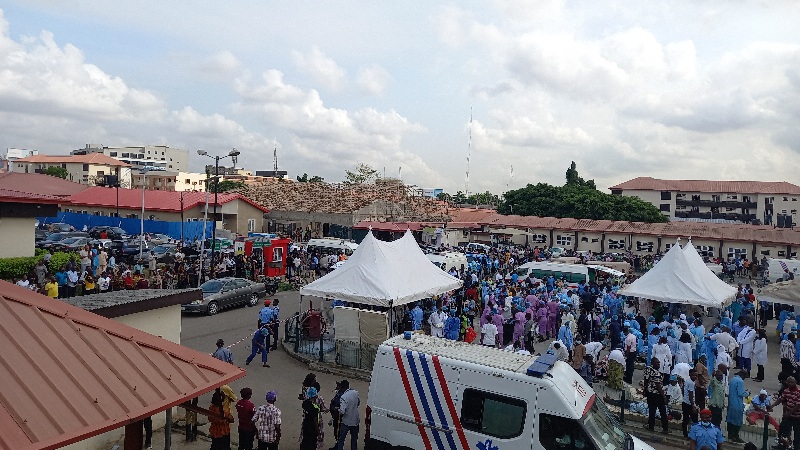
It’s a rapid process, with the severely wounded immediately transferred to surgery or ICU on identification.
The guiding principle is always that the most severely wounded receive the most critical care as priority.
The less severely wounded continue receiving attention at the triage station, or are referred to nearby facilities that are less busy.
In the Lagos incident, the first step involved the Lagos State Emergency Management Agency arriving at the scene with heavy equipment to cordon and secure the area.
The state’s commissioner for health, Prof Akin Abayomi, in a series of tweets, explained that the process helped to create access for the Ambulance service and specialy trained paramedical staff to reach the patients.
It also allowed ambulances equipped with modern and new Medical Intensive Care Unit (MICU) to deliver immediate hospital care by stabilising patient and immobilising joints to prevent further damage by fractures, identify bleeding patients and carrying out emergency cardiovascular support en-route to medical emergency facility(ies).
“The triage process at the site will also ensure the most critical patients are moved first,” Abayomi further stated.
Due to the large numbers of casualties, the secondary triage station was set up on the helipad outside the Lagos State University Teaching Hospital (LASUTH) Surgical Emergency Department.
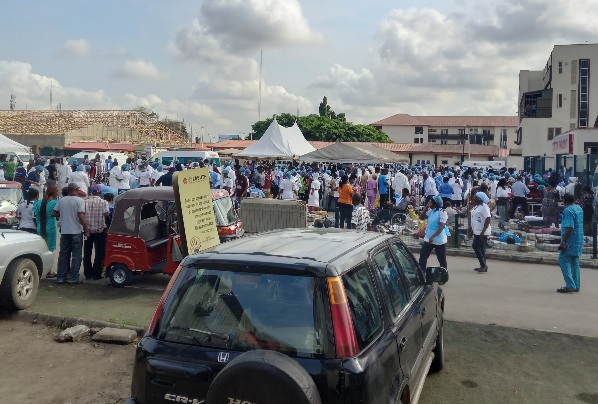
It was there the patients received a specialist triage assesment to separate them into mild, moderate and severe or critical.
Those with life threatening critical injuries were immediately transferred to operating theatres to stop bleeding in the brain, chest, abdomen or pelvis and also to repair broken bones. This was carried out by a variety of trained specialists in these areas within LASUTH.
Moderate cases like simple fractures and lacerations were transferred to the nearest General hospitals such as Gbagada General Hospital, Orile Agege General Hospital, Lagos Island General Hospital and the Trauma Centre at the toll gate.
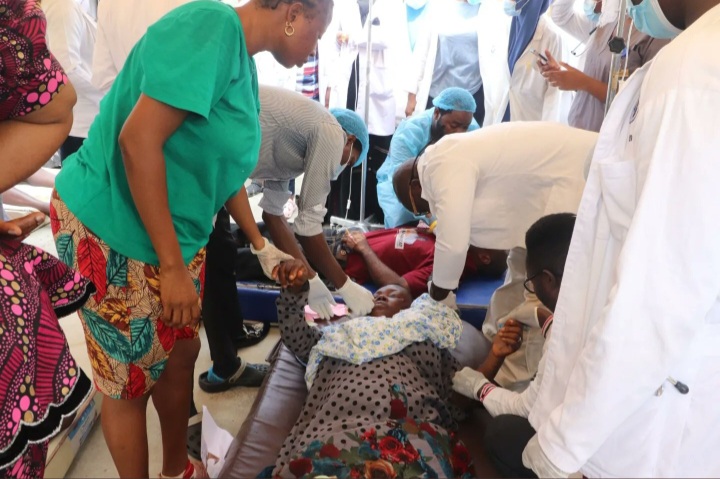
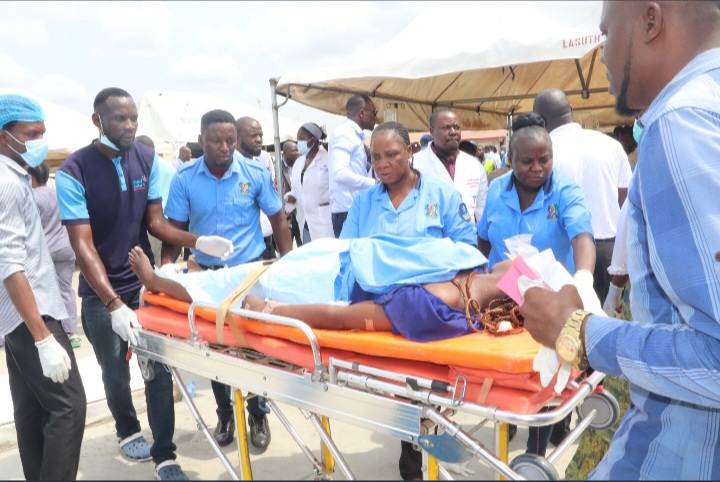
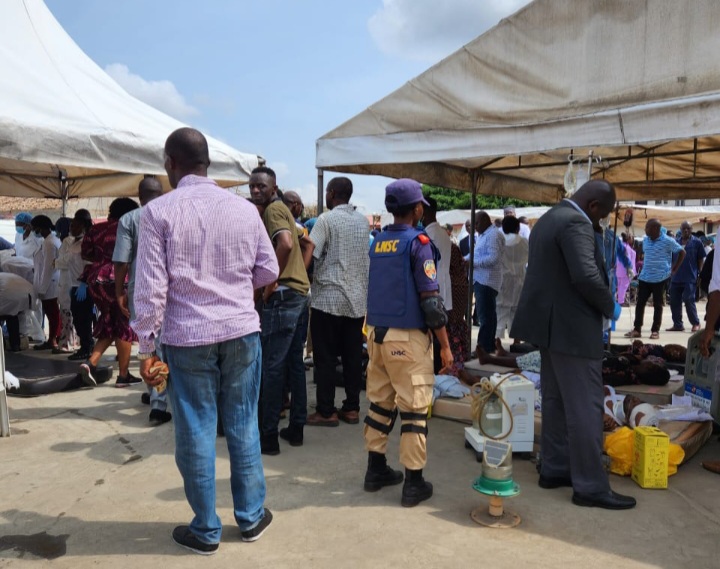
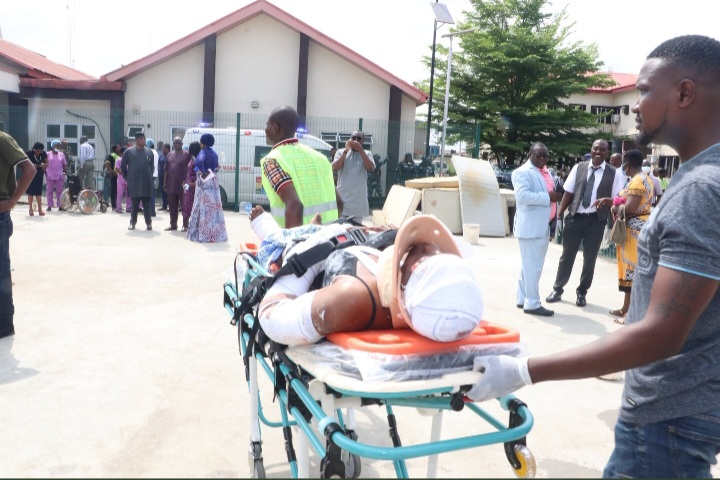
This, according to Abayomi, was necessary to take pressure off LASUTH so they could focus on saving lives of the critical cases.
The principle of triage can also be applied when the public are the first responders at an accident scene. Get the most severely wounded to be evacuated first.
Triage is a word of French origin; trier, which means to sort out or separate. It was first formalised in the First World War.
0





